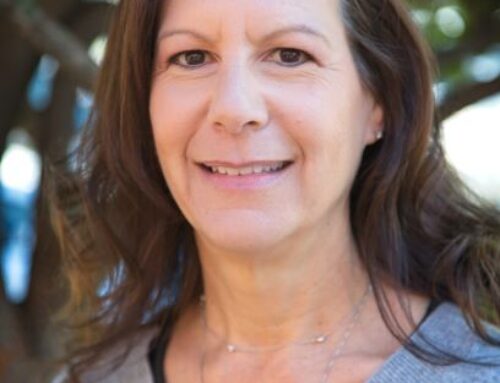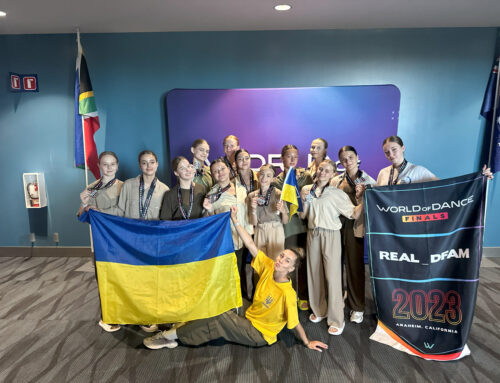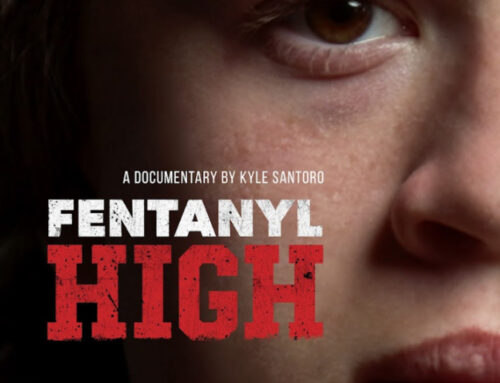Local history writer Robin Chapman will share how Charlie Chaplin and others shaped the Bay Area
Published in the January 16 – 29, 2019 issue of Morgan Hill Life
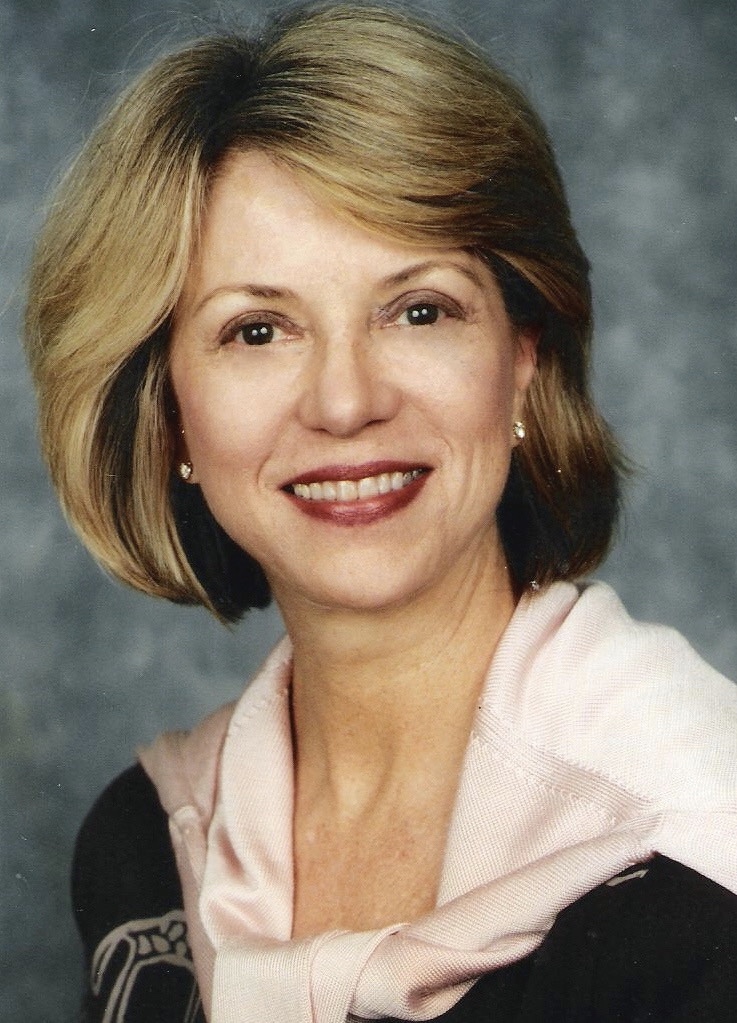
Robin Chapman
Robin Chapman is a Los Altos-based journalist who recently published “Historic Bay Area Visionaries,” a nonfiction book telling the stories of several famous — and not so famous — people who helped shape the story of the San Francisco Bay Area. She will chat with readers about her new book starting 2 p.m. Saturday, Jan. 26, at the new BookSmart bookstore in the Vineyard Shopping Center.
Chapman’s book tells how the comedian Charlie Chaplin found cinematic inspiration in Niles Canyon, how poet Robert Louis Stevenson discovered romance and adventure with a woman who became his wife, and how Sarah Winchester built a massive home that would intrigue people long after she was gone.
The six fascinating tales in the book help readers understand the enterprising spirit of the Bay Area.
Chapman earned her master’s degree in journalism from the University of California in Los Angeles and worked at KRON-TV in San Francisco and several other stations in the West before heading to Washington, D.C. In 2009, she returned to the Bay Area to become a writer of local history books. This is her fifth book.
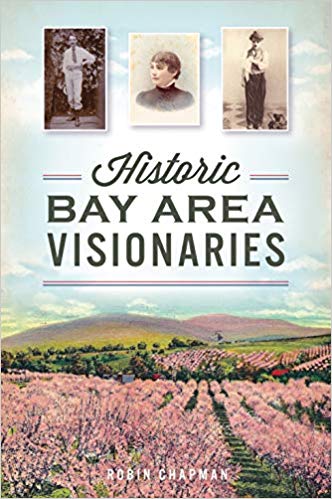 What inspired you to write “Historic Bay Area Visionaries“?
What inspired you to write “Historic Bay Area Visionaries“?
When I was working on the book “California Apricots: The Lost Orchards of Silicon Valley,” I kept coming across stories about interesting Californians. I filed away the idea of a book, and it wouldn’t go away. I had two stories in mind: I wanted to profile Thomas Foon Chew, a man who came to America in 1897 and became a millionaire and yet most people have not heard about. I also wanted to tell the story of Robert Louis Stevenson, who traveled to California chasing a woman and then made a difference to our history. Those two stories got me started.
What criteria did you use to select the six individuals (Lope Inigo, Juana Briones, Robert Louis Stevenson, Sarah Winchester, Thomas Foon Chew and Charlie Chaplain) whose stories you tell in your book?
I had to want to meet these individuals. Then, as I began to write the first two profiles, I realized each was a piece of a larger story—the story of California. I began to look for people whose lives covered other important eras. Some of the characters seemed to tap me on the shoulder and it was like that with the Ohlone Lope Inigo. A docent at the Moffett Museum suggested I go to the Ellis Gate at Moffett and read Inigo’s marker.
I did and I was hooked. I knew he had to be included.
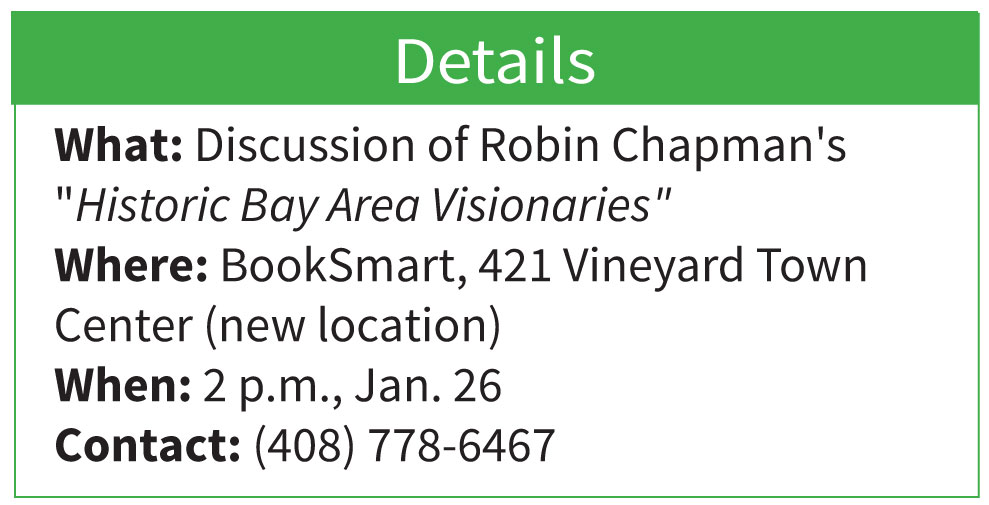 Was there one individual that during the research and writing, you felt deeply connected to?
Was there one individual that during the research and writing, you felt deeply connected to?
That is like asking a parent which child she likes best! The nineteenth century story of Juana Briones did capture my heart. She lost her mother when she was ten and four of her eleven children died in epidemics. Her husband was abusive. None of this stopped her. She worked to gain a separation from her spouse. She made a fortune in business and took time to care for others. That’s a person I would like to know.
Sarah Winchester is also fascinating. But, I like all these tales.
You have a mixture of famous and little-known people in your six historic figures. Why might this approach help give a fresh take on local history?
People have written a great deal about Sarah Winchester, Robert Louis Stevenson, and Charlie Chaplin and not all of it is true. I wanted readers to know them and examine the myths.
For the lesser known characters — Lope Inigo, Juana Briones, and Thomas Foon Chew — it was a rediscovery. They were all very well-known during their lives. I had the chance to re-introduce them to readers. Why are some people included in the history books and others left out? I hope this book will make people think about that question.
Might there be a similar book in the works — and if so, which individuals might you like to tell your readers about?
I wanted to include Levi Strauss because we are all wearing his trousers today. But that turned out to be a story for another day.
James Lick and his telescope and writer Helen Hunt Jackson and her advocacy for California’s indigenous people are two more people I would like to write about. But I may work on a story about World War II next.
A writer’s subconscious is really in charge of these projects. My conscious mind and I just wait to see what takes hold. In the meantime, I hope readers will really enjoy this book “Historic Bay Area Visionaries.”


